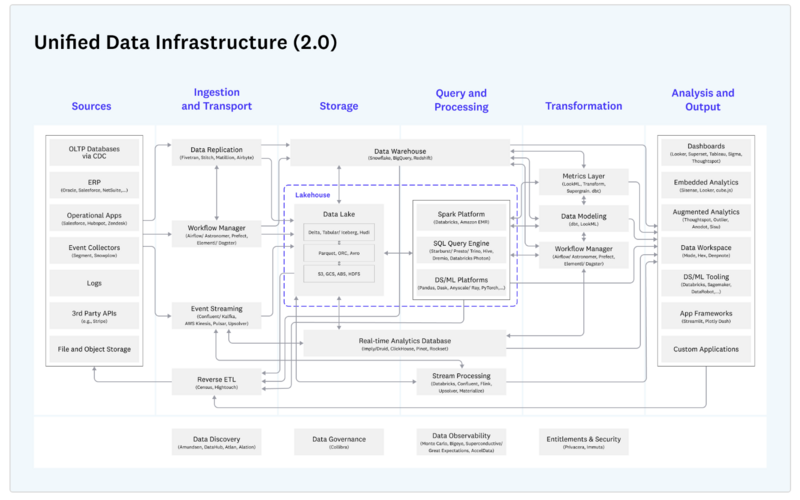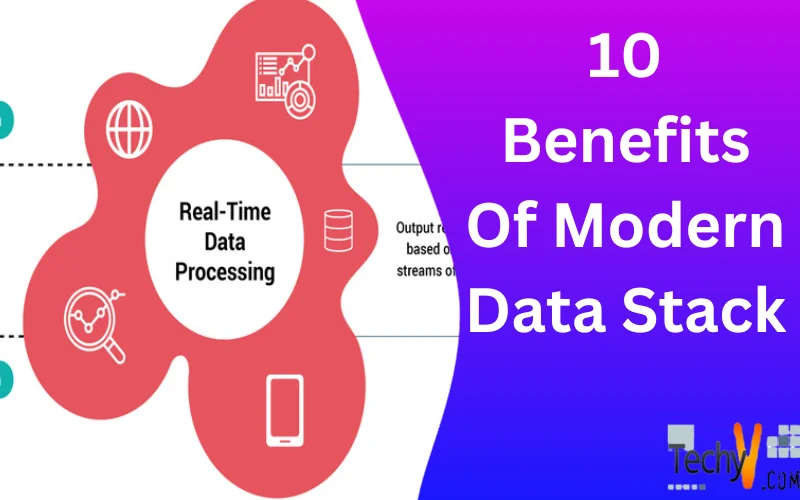What Is A Modern Data Stack?
A data stack is a gathering of several innovations that enable raw data to be prepared before it is used. These tools enable the data that grasp form inedible data. A modern data stack (MDS) is a collection of technologies used to manage, store, and convert data. It is known to have features in handling data due to its robustness, speed, and scalability.
Why Use A Modern Data Stack?
The terminal goal of a modern data stack is to offer the ability to evaluate your business’s data to enhance effectively and uncover areas of opportunity. The most significant benefits of transitioning from effective data stacks to modern cloud services need far less practical configuration by end-users. This forwards end-user availability to data and the capability to scale with expanding data requirements without the costly downtime related to scaling effect data stacks.
History Of The Modern Data Stack
On-site databases were suitable for the limited volume of data businesses stored for their use cases. The overall amount of data storage space has expanded rapidly, pushing the industry to discover methods to preserve all of the facts that were coming their way. It led to the emergence of the latest technologies that enabled organizations to compact with large amounts of data like Hadoop, Vertica, and MongoDB.
1. Scalability
Modern marketing data stacks are scalable, and they can manage total amounts of data as companies grow. As businesses obtain more customers, extend their product lines, and enter the latest markets, modern marketing data stacks can contain the increasing volume of data. Its scalability ensures that companies can resume making data-driven decisions and performing their marketing campaigns, random of size.

2. Data Integration
The advantage of modern marketing data stacks is integration. Earlier marketers had to depend upon physical data entry or data transport to merge distinct data resources. It was a time-consuming and issues process that frequently resulted in incomplete or incorrect data. In a modern campaign instinctive data stack, data integration is mechanical, and data comprises multiple sources in actual time. It enables marketers to merge data from social media platforms, website analytics, email marketing software, and CRM systems. By incorporating data from various sources, marketers can understand customers’ behavior and preferences.
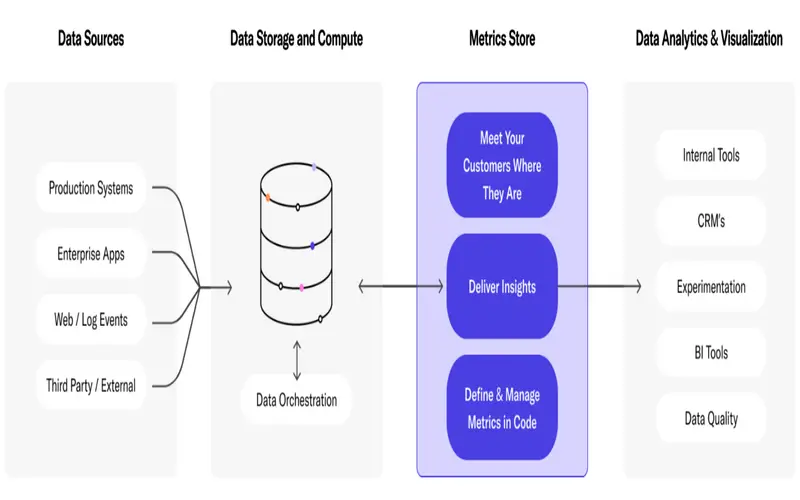
3. Actual Time Processing
Modern marketing data stacks enable marketers to proceed in actual time. It means that marketers will have instant access to user data such as website visits, social network contacts, and email opens. Basic time data processing allows marketers to make data-driven rapidly. Actual time data processing also lets marketers personalize their business messages based on user behavior, such as recommending products or services based on present purchases. Actual time processing provides significant benefits within the modern data stack, allowing businesses to make suitable decisions, gain faster insights, improve customer experiences, and enable consistent observing across data-driven applications.
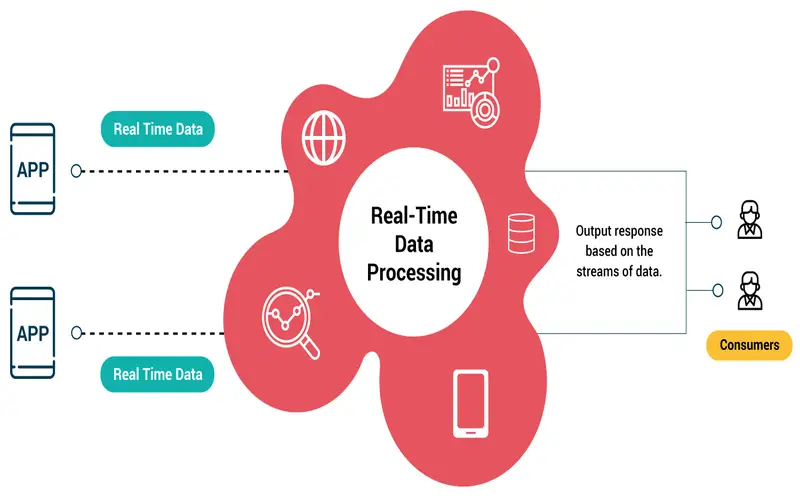
4. Maintenance and Cost
MDS tools commonly have expending-based pricing. You only reward for what you use. Since MDS tools are nearly always managed in SaaS, you don’t have to devote to organizing the systems. Organizing five nines and scaling for apex are no longer you examine. That’s what you pay your trader for. The cloud service handles infrastructure management, updates, and maintenance, enabling organizations to focus on data evaluation.
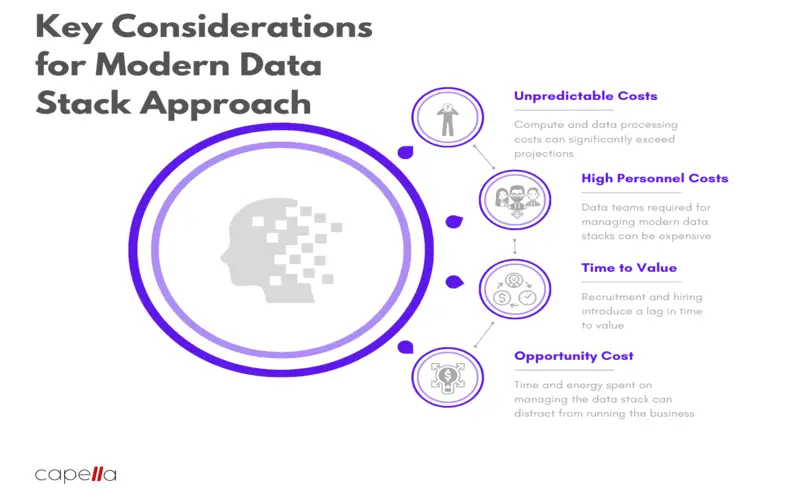
5. Flexibility And Agility
The latest data sources can be consumed and transferred and evaluate petitions without disturbing existing flows. Quick repetition means faster appreciation. Modern data stacks order flexibility and efficiency, they enable companies to give new data sources simply, encounter distinct tools and innovation, and rapidly scale or rotate based on progress needs. Modern data stacks employ a modular architecture that enables simple integration and swapping of parts so that businesses can adopt best-of-breed solutions for each part of the data stack.

6. Democratization Of Data
Data democracy is encouraged in modern data stacks, which enable automated evaluation and empower distinct across the company to approach and examine data. Non-technical distinct can explore data and obtain insights using user-friendly illustrating data and business intelligence tools.
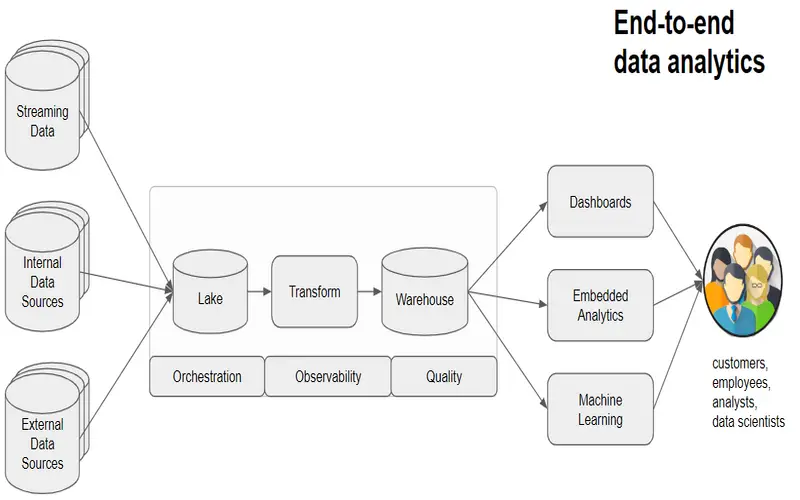
7. Enhanced Efficiency
The modern data stack can accommodate you in leading your data more productively by automating tasks and providing the best tools for evaluating your data. In working contexts, the advantage of data sharing follows through efficient processes and the improved utilization of resources. When data flows openly between related departments and management it enables the identification and removal of redundancies, providing that all acts are taken purposefully, thereby increasing the return on expense, and reducing waste of resources.

8. Good Decision Making
The modern data stack can assist you in making good decisions by offering you the best visibility into your data and how it is worn. The relevance connecting actual time data and evaluation and applications of AI in the modern data stack is supreme consumer experience. Exact-time data streaming customized and processing enables organizations to act upon data as it flows through the pipeline, singly in vital use cases like fraud detection, dynamic pricing, and personalized recommendations.
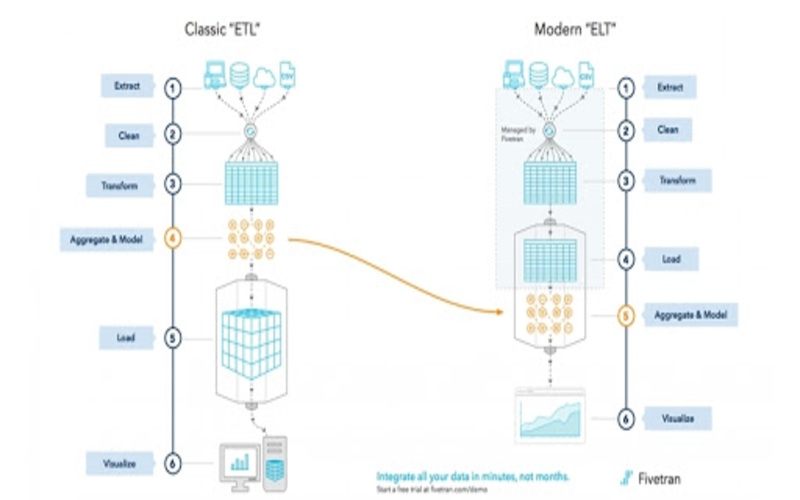
9. Enhanced Collaboration
It can help to enhance collaboration by offering a specific place for storing and sharing data.
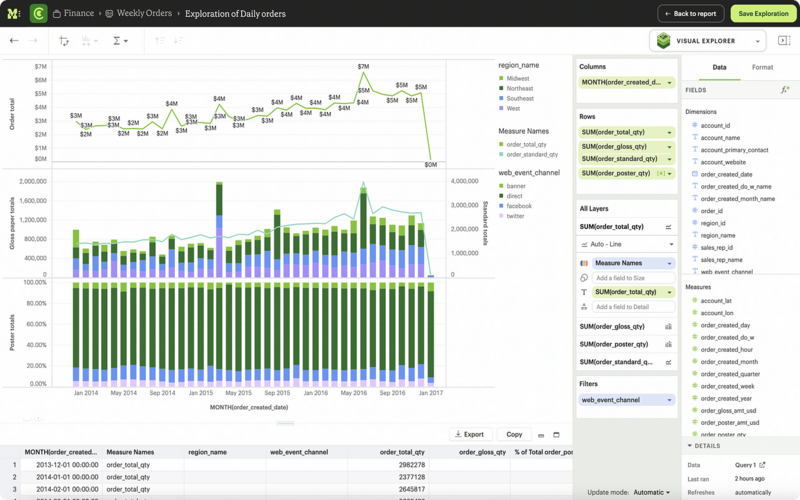
10. Security Increased
The modern data stack can aid in increased security by providing you with the best tools for managing and protecting your data.
